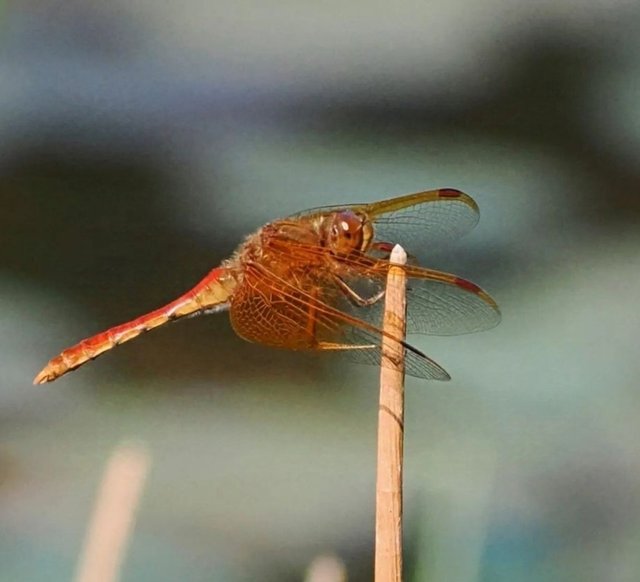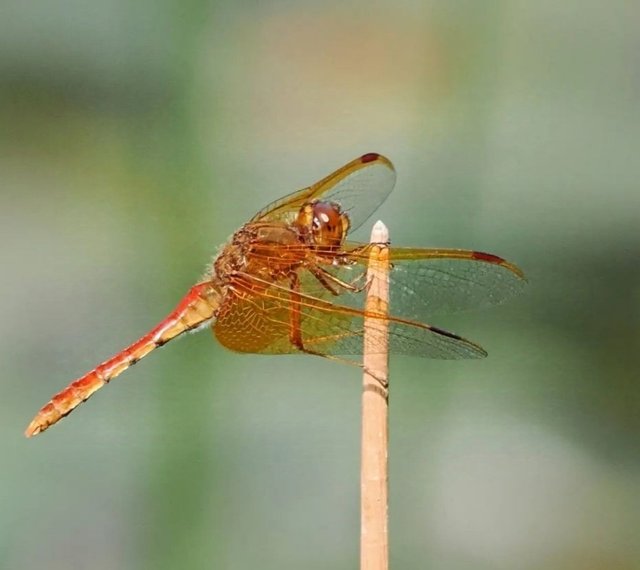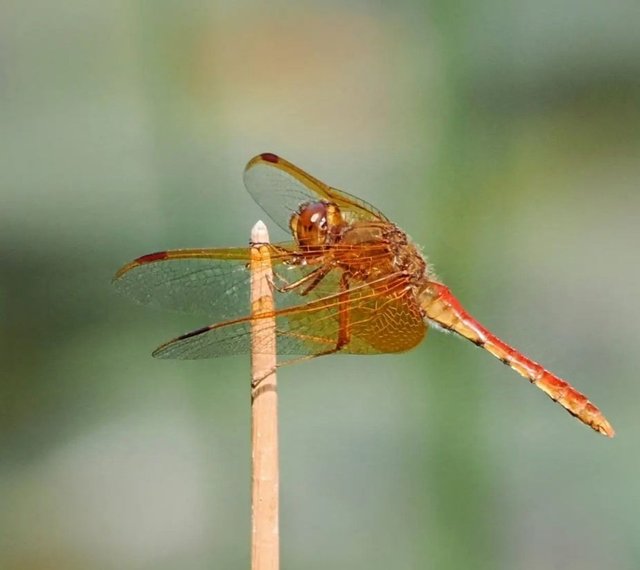So Beautiful Dragonfly
Dragonflies are among the most fascinating and ancient creatures on Earth, captivating us with their elegance, agility, and vibrant colors. These extraordinary insects belong to the order Odonata, which includes both dragonflies and damselflies. Dragonflies, in particular, are members of the suborder Anisoptera, and they have been around for more than 300 million years, even predating the dinosaurs. Their resilience, combined with their unique characteristics, makes them an enduring symbol of transformation, adaptability, and beauty.
Anatomy and Physical Features
Dragonflies are easily recognizable due to their distinct body structure. They have long, slender bodies, large multifaceted eyes, and two pairs of strong, transparent wings that allow for incredibly agile flight. Their eyes are among their most remarkable features, as they are made up of thousands of tiny lenses, giving them nearly 360-degree vision. This allows dragonflies to detect movement from almost every direction, making them excellent hunters.
Each of their wings can move independently, which allows them to fly in all directions, including hovering and flying backward. Their flying skills are unmatched in the insect world, with speeds reaching up to 35 miles per hour. They are not only fast but also precise hunters. In fact, dragonflies catch over 95% of the prey they pursue, making them one of the most effective predators in the animal kingdom. They feed on other insects, such as mosquitoes, flies, and even smaller dragonflies, controlling pest populations in their ecosystems.
Life Cycle and Metamorphosis
The life cycle of a dragonfly is divided into three main stages: egg, nymph, and adult. After mating, female dragonflies lay their eggs in or near water, depending on the species. The eggs hatch into aquatic nymphs, which are predatory in nature and live in water for the majority of their lives. This stage can last anywhere from several months to several years, depending on the species.
Nymphs are equipped with specialized mouthparts that allow them to catch small aquatic prey, such as tadpoles, worms, and even small fish. During this period, dragonflies undergo incomplete metamorphosis, meaning they gradually develop into their adult form without a pupal stage. Once fully grown, the nymph crawls out of the water and molts for the final time, emerging as a winged adult dragonfly.




Thanks For Reading
Device Information
| Device | cannon eos 600D |
|---|---|
| Lens | 55-250 zoom leans |
| Location | Myanmar |
